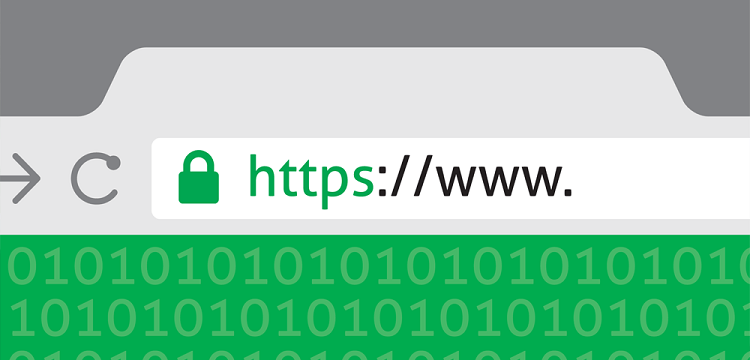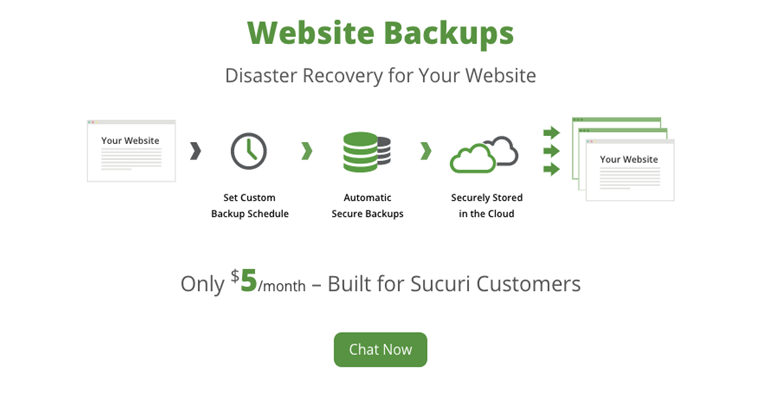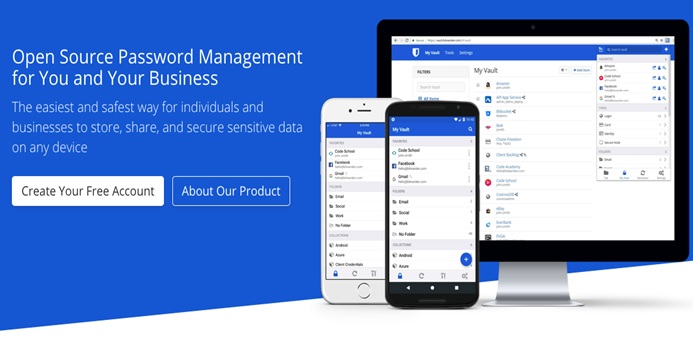Keeping your website secure is essential to protect your visitors. Failing to secure your website may enable malware to infect your visitors and can cause a range of problems. This includes privacy breaches, unsolicited advertisements, damaged systems, destroyed data, and more.

Ensuring your website’s security is more critical now than ever as cyber-attacks become more frequent. While the effects of cyber-attacks can be overwhelming, there are simple steps you can take to start securing your website.
5 Simple Steps to Secure Your Website
This article will discuss various ways to secure your website, such as installing SSL, scheduling backups, and monitoring action logs. Let’s get started.
1. Install an SSL
A Secure Sockets Layer (SSL) secures your website by establishing a secure connection between a website and a browser. It ensures the privacy of all transferred data by determining encryption variables for both the connection and transmitted data.
The three types of SSL certificates are Domain Validated (DV), Organization Validated (OV), and Extended Validation certificates (EV). When choosing, consider the property types you want to protect and the security level your website needs.
Generally, to configure SSL, you need to verify your identity and your website’s authenticity with a Certificate Authority (CA). Then, you can install the SSL certificate on your server and periodically renew it.

While it seems like a lot of work, installing an SSL is the easiest and fastest way to secure your website. This is the case because website security providers such as Cloudflare can help you do all those with just one click.
Before that, you need to understand the site’s domains and security requirements. As discussed above, different validations play an important role in choosing SSL security. For example, single domain, wildcard domain, multi domain SSL.
For example, if the site has subdomains, you should get a wildcard SSL certificate from a cheap wildcard SSL certificate providers who can offer you a strong security along with cheap price compare to other providers.
2. Choose Secure Web Hosting
Choosing a secure web host is a must because the security of your website is in their hands. A reliable web hosting provider maintains its servers and provides essential security tools for your website.
There are several security features to consider when you’re choosing a web host, such as SSL availability and support, automatic backups and ease of restoration, and malware and virus scanner.
Web hosting service providers such as Hostinger also offer server and application firewalls and software security.
However, note that there are thousands of web hosting providers with different security plans out there. Consider the degree of protection your website needs to help you decide which one is the best for you.
3. Schedule Backups
Backups are copies of your data, such as code files, databases, add-ons, and plugins. Should a security compromise happen to your website, backups provide a way to restore your website back to its original state.
Scheduling backups ensure that your website is being backed up regularly. There are several ways to schedule backups: using your web hosting provider’s backup system or a paid website backup service such as Dropmysite and Sucuri.



A website backup service offers an automated website backup with additional advantages, including an encrypted cloud server storage system. This enhances data protection and helps restore your compromised data quickly.
4. Secure Website Logins
Website login requires users to verify their identities to access the website. However, web page logins using passwords have weaknesses, such as human error. Two-factor authentication and a password manager can minimize this error.
Two-factor authentication prompts an additional identification process other than an ID and a password. It can be in the form of a security code or fingerprint sent to your phone. This will make it harder for unauthorized users to access your website.
On the other hand, a password manager allows you to keep and manage your passwords in an encrypted vault. These features help you create more complex passwords for your accounts without forgetting them.
Consider choosing applications that provide both features for your website, such as Keeper and Bitwarden. These applications also come with additional benefits such as password generators and autofill options.



You can also change the website login URL from default to custom. For example, if you’re using WordPress, change your website login URL to site.com/wp-admin.
5. Monitor Action Logs
A website server automatically creates and maintains web log files. Weblog files contain a range of information, such as traffic to your website and spam content. Monitoring these files allows you to notice unauthorized activities that possibly indicate potential security breaches.
You can manually analyze web log files by downloading them from your server. However, this requires you to understand how to read raw log files as they are written in the common log format.
Several web monitoring platforms, such as Dynatrace and Opsgenie, can monitor and analyze these web log files for you. These platforms’ advantages include reliable alerting and advanced reporting capabilities, which will give you more time to resolve security issues.
Wrap Up
Ensuring your website security is crucial amid increasing cyber-attack cases. While the possible threats are overwhelming, you can rest assured that there are services available to help you improve your website security.
We hope this article helps you choose the best way to secure your website. Good luck!



















